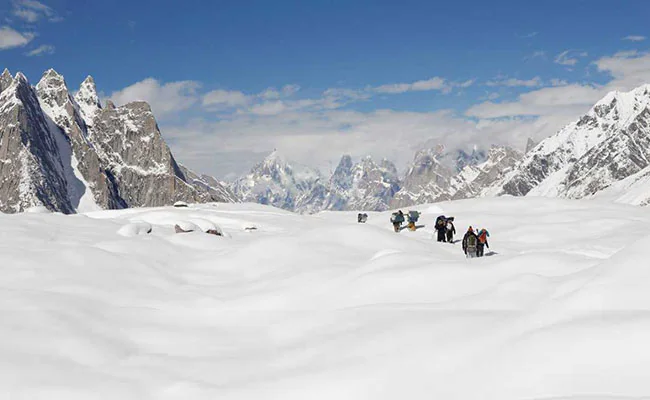India Braces for Harsh Winter as ‘La Nina’ Triggers Early Snowfall and Temperature Drop Across Himalayas
India is set to witness one of its coldest winters in 110 years, with meteorologists predicting that this season could be the third coldest since records began. The early onset of snowfall across the upper Himalayas — which are now 85% snow-covered two months ahead of schedule — is being attributed to the ‘La Nina’ effect, an oceanic phenomenon where Pacific Ocean temperatures fall below normal. This unusual weather pattern has caused a 2–3°C drop in Himalayan temperatures, preventing ice from melting and triggering a chain of cold across the northern and central parts of the country.
The impact of La Nina is already visible, with temperatures in places like Bhopal dropping to 15.8°C, 3.6°C below normal — marking a rare event seen only thrice in the past 26 years. In Rajasthan’s Sikar, night temperatures have dipped below 15°C. The cold wave has spread early this year, with regions like Madhya Pradesh, Uttarakhand, Himachal Pradesh, and even Nepal experiencing a blanket of snow and dipping mercury levels since October. Meteorologists predict a further 3–4°C drop in average temperatures in North, Central, and East India in the coming weeks.
Interestingly, the early snowfall is also seen as a positive sign for glaciers, as the lower temperatures have halted ice melt. Experts believe this could help preserve glaciers for at least five years, benefiting river systems in North India. However, with the cold also comes worsening air quality — Delhi has already imposed GRAP-1 restrictions as pollution levels spike with the changing weather. Despite a 0.99°C rise in India’s average surface temperature over the past 122 years, scientists expect a temporary reversal of global warming effects due to La Nina, with global temperatures possibly dipping by 0.2°C by year-end.
ALSO READ: Why Constant Earphone Use May Be Affecting Your Mental Health





